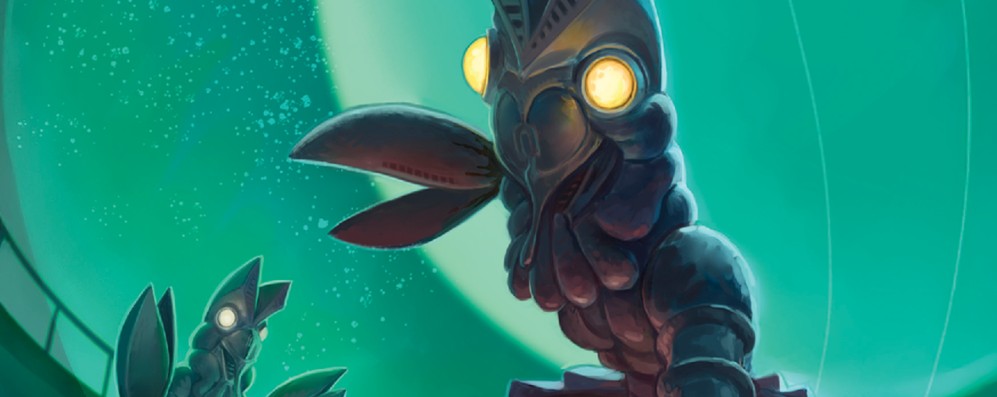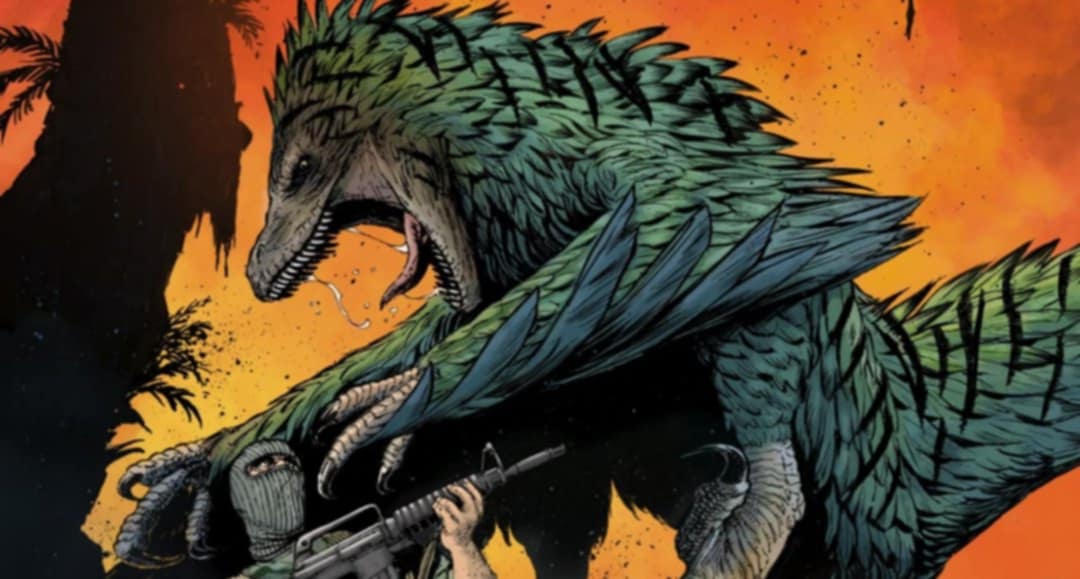Ultraman is celebrating his 60th anniversary by taking the world—especially America—by storm. After decades of legal entanglements preventing them from importing Japan’s greatest superhero, Tsuburaya Productions has become “tokusatsu Santa Claus.” Not only are they releasing the Ultra Series on DVD and blu-ray (and in 2026, on 4K) through Mill Creek, but they’re licensing the character to Marvel Comics and Netflix Animation, among others. Now, Ultraman takes on middle grade fiction with book one of The Ultra Academy: Beware the Baleful Baltan by Rebecca K. Reynolds. (Sidenote: I love the Stan Lee-style alliteration of the title). It’s a faithful sequel (of sorts) to the original 1966 TV series and manages to be a solid, if imperfect, new story with a fun cast of “Ultra Kennys” who give the Science Patrol a run for their money.
To help combat the unrelenting alien and kaiju threats to Earth, the Science Patrol recruits six 12-year-old prodigies to join the Ultra Academy, a training ground for the next generation of SSSP members. Getting used to their new “school” is hard enough for these brilliant kids, but complicating matters are the machinations of the—as the title says—baleful Baltans, who use their psychic powers to deceive and manipulate everyone at SSSP HQ. Now, it’s up to the kids to break free of the alien influence so Ultraman can step in and halt the invasion.

While this is a new story focused on new characters, Reynolds replicates the original Ultraman (1966) almost to a fault. After an exposition-heavy first half (more on that later), the kids and SSSP slowly unravel the Baltans’ plot, concoct a countermeasure (which involves water-gun-looking weapons, which are approved by Ide, of course), and then Ultraman finally shows up in the penultimate chapter to put the kibosh on the aliens’ outrageous plans. For Ultra-fans, this won’t surprise them. For newbies, that will depend on how much they enjoy the characters, both old and new.
Speaking of which, Reynolds has a great handle on the classic SSSP members. Ide and Arashi are most prominently featured, as they make the most sense to train these kids. Ide’s antics sometimes veer into absurdity, though. For example, when he’s introduced, he’s on all-fours and barking like a dog. It makes sense in context, but it gets a bit too close to parody territory. The other members, such as Captain Muramatsu, appear when needed. Interestingly, Reynolds gives Ultra host Hayata more personality than he typically had in most episodes of the TV series. He even gets one of the best lines of the book: “Love keeps power in check.”
The kids, though, are the heart and soul of this new book, and while I joked that they’re “Kennys,” they’re actually effective characters. They all have distinct personalities, interests, and areas of expertise. Sometimes those expertise almost feel like their personality types, though. Case in point: Jackson the volcanologist once says, “What in Vesuvius?” as a euphemism. However, as a man of letters, my favorite of the kids’ quirks is Willa’s penchant for quoting classic literature at every opportunity. It reminded me of Beast from X-Men. Plus, she quoted things I hadn’t read or heard, which is hard to do, as well as some of my literary heroes like J.R.R. Tolkien. (Yes, Reynolds managed to sneak Lord of the Rings into Ultraman, thereby combining two of my favorite things).

This book’s kryptonite, to borrow from America’s favorite superhero, is the copious exposition. This is book one of a series, so it has to lay out the groundwork, but most of the first half of the book consists of meetings, training sessions, and character introductions. Ultraman fans might be tempted to skip these, but they’d miss out on some vital new information. Reynolds sticks closely to established Ultra lore, but she does add a few new wrinkles, such as saying there are different factions of Baltans, some of which are more peaceful than others. It makes the first half of the book a much slower experience, but once it’s done, it takes off like Ultraman after a kaiju fight. So, the book definitely rewards readers for their patience.
The novel is replete with humor, and while adult readers may find it juvenile at points, it’s perfect for the intended audience. While Willa makes frequent references to real books, there are also semi-satirical stand-ins for other pop culture items, like a video game called Vindictive Monkey VII, which sounds like a Street Fighter parody to me. To my surprise, despite this obviously being far more current than any of the middle grade books I read growing up, the style of humor remains remarkably similar. That includes some generational jokes, such as when the SSSP references something, and the kids have to google it on their phones. Some things never change.

I’d be remiss if I didn’t mention this isn’t simply a book of prose. There are some manga-style illustrations of character dossiers and a few newspaper clippings that give some visuals to the book’s world. The artwork for the SSSP doesn’t quite capture the actors’ likenesses, but that isn’t a problem. My favorite part of the book, though, has to be the fake reviews from Ultra Kaiju and Aliens in the back. Those are laugh-out-loud funny. Baltan himself leaves a one-and-a-half star review with a headline that says, “PITIFUL. RIDICULOUS representation of my species!” Elsewhere, Gomora calls the book “PROPAGANDA” and Red King calls it “FAKE NEWS!” The satire is strong in this one.
Beware the Baleful Baltan is a complete literary package that, while a bit heavy on exposition, makes up for it with memorable characters, solid action, fun twists (just wait until you meet the SSSP lunch ladies), and entertaining extras. If you know a kid who loves Ultraman, give them this book. You might even enjoy reading it with them.
Score: 8/10
Beware the Baleful Baltan is a bit heavy on exposition, but it replicates the 1966 series almost to a fault while introducing fun new characters to team-up with the original icons, making this a solid start for a new series of middle grade books.





